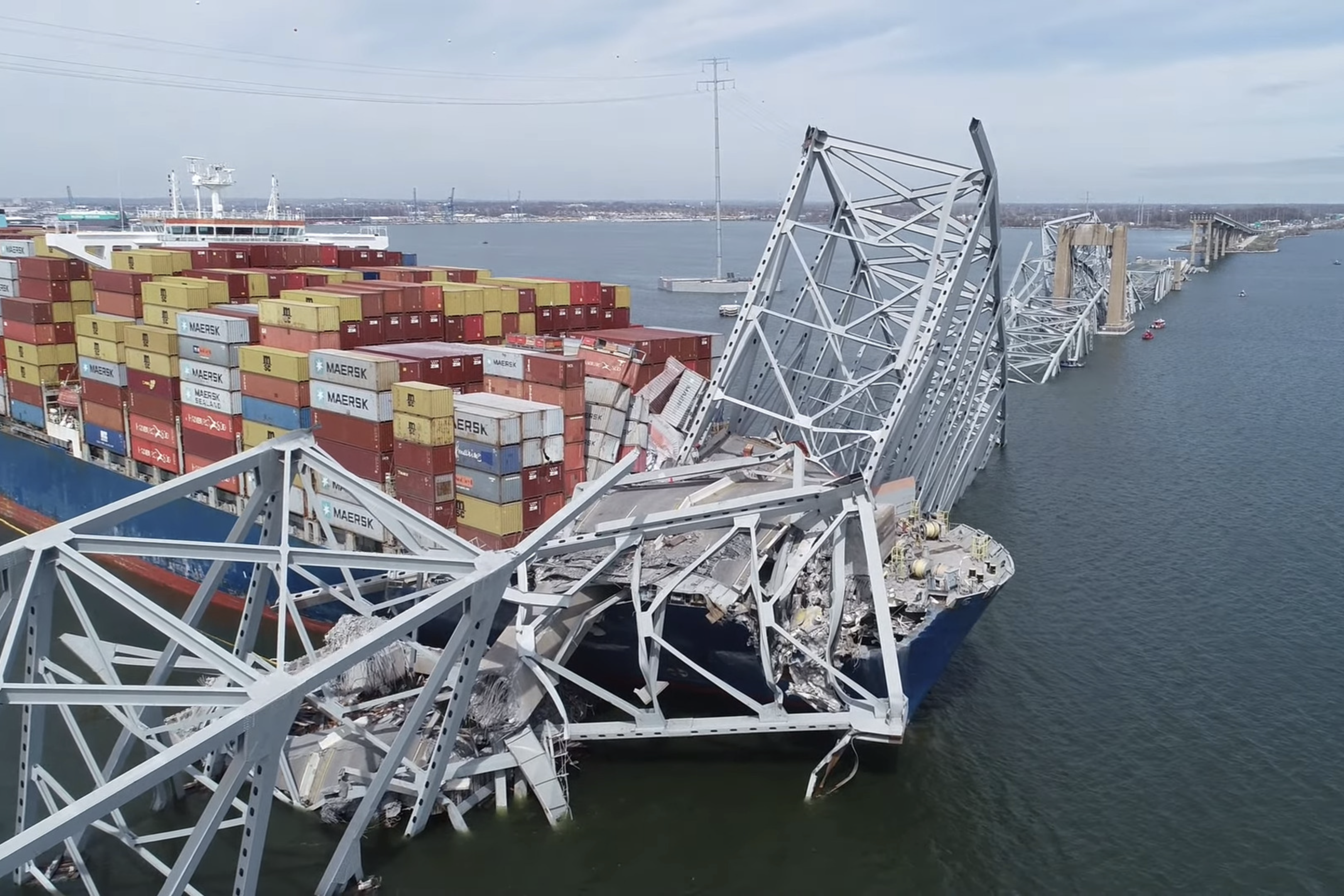BY: LIAM BOSWELL
Guest Contributor
With the recent collapse of the Francis Scott Key Bridge in Baltimore, the safety of the country’s transportation system is likely in the minds of many. Here in Missouri, one has to wonder – are people safe when they drive over bridges, or do the bridges run the risk of collapse? The answer to that question is one that lives may depend on.
There are about 10,000 bridges in the state’s system, and according to the Missouri Department of Transportation, “About 52% of Missouri’s bridges are older than their intended useful life of 50 years.” Additionally, although Missouri has “the nation’s 7th largest system of roads and bridges,” it ranks 45th in terms of funding.
Jeff Boyster, a senior member at Concrete Strategies, gives a deeper look into the state of Missouri’s bridges. “As far as bridges are concerned, as they age and are exposed to the harsh environments and de-icing chemicals, there are many improvements that can be done to extend the useful life or adapt them to the increased traffic demands of today as opposed to 50 years ago,” said Boyster. These improvements range from selective concrete repairs, placement of overlays and cleaning and recoating structural steel to widening bridges and improving guardrails.
There comes a point when even with continued repairs, bridges need to be replaced, said Boyster. “But with care and maintenance,” Boyster said, “they can last well over a century. The Eads Bridge in downtown St. Louis, for example, was first opened in 1874 and is still in use today, 150 years later.”
So much effort goes into maintaining bridges, but do people truly view bridge safety as important? “I think it’s very important. Not only from people’s livelihood standpoint, but also militarily,” said Missouri Resident Barb Waltz.
Of course, repairing and replacing bridges requires money, and funding for Missouri bridges is often in short supply. Until a fuel tax increase in 2021 – the first in the state since 1996 – Missouri’s fuel tax rate was the 2nd lowest in the nation. When there isn’t enough funding to repair bridges, conditions deteriorate, leading to more costly repairs or complete replacement of bridges down the line, or even complete closure if there’s still no funding, said Boyster. “No one wants to pay higher taxes, but everyone wants to have a safe, reliable infrastructure to travel on,” Boyster said. “Unfortunately, these two things go hand-in-hand.”
While all of this may be in the public consciousness right now, it might not be there for long. “I think people will consider the safety of bridges for a time after the catastrophe in Baltimore,” Boyster said when asked about how the Baltimore bridge collapse would affect the way people look at bridge safety. “But as the memory fades, they will likely become more complacent and take the safety of the infrastructure for granted.”
Even with the memory of the Baltimore Bridge collapse fresh in people’s minds, there’s still an optimism about the state of Missouri’s bridges. When asked, Jane Brda, a Missouri resident, said that she thought “in general our bridges are safe, and that this [the Baltimore bridge collapse] was just a horrible accident.” Keeping bridges in safe condition is a puzzle that engineers will have to constantly work to solve, Boyster said, “The key to engineering is to provide a safe, efficient structure within a reasonable cost for the product.”











